After 3½ decades, Chappellet Winery still enchants Napa Valley winemaker Phillip Corallo-Titus.
“This is fun, tasting actual wine,” enthused Philip Corallo-Titus, the winemaker at the Napa Valley’s Chappellet Winery, at the tail end of harvest 2021. “I’ve felt like such a hermit the past few months,” he said, noting that during harvest he doesn’t drink alcohol, the better to focus his senses on incoming grapes. After weeks of making fermentation and other decisions based on recently crushed fruit, he declared himself delighted to ponder past efforts with a fresh palate. The occasion was a tasting of current releases – a 2020 Chenin Blanc, 2019 Chardonnay and Pinot Noir, a 2018 Cabernet Franc, and two 2018 Cabernet Sauvignons (the winery’s specialty). The bonus pour, for comparison, was a 2015 Cabernet Sauvignon.
As we tasted, Corallo-Titus, Chappellet’s winemaker since 1990 (during the 1980s, he served a few years as assistant winemaker), reflected on the wines and how farming and cellar techniques have evolved over the decades. Below is a lightly edited version of his observations, starting with thoughts about collaborating with vineyard manager David Pirio. Both men were hired by Donn and Molly Chappellet, who in 1967 set up operations east of Rutherford on the Vaca Range’s Pritchard Hill.
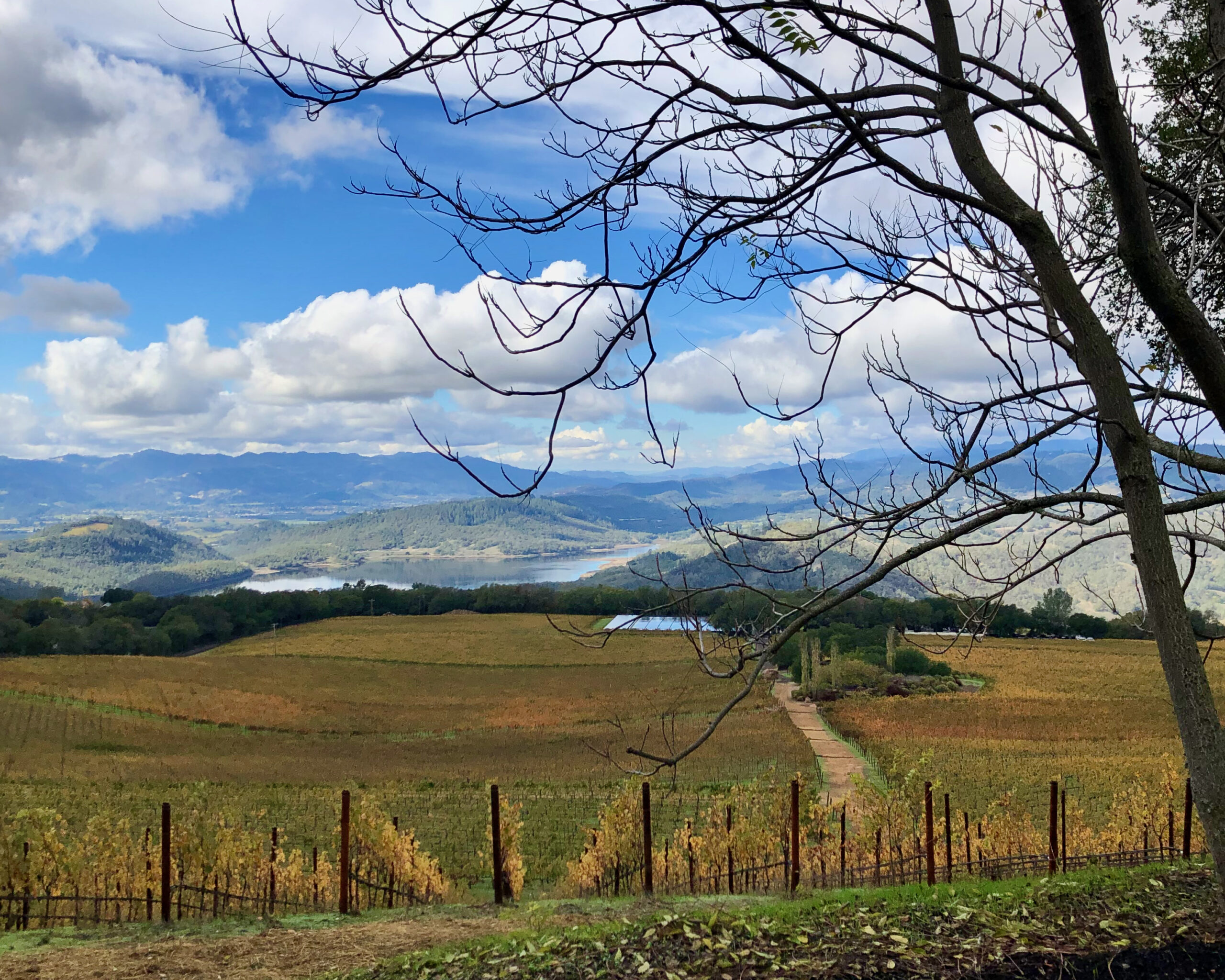
Improving Grape Quality
Dave Pirio and I have been partners in bringing up grape quality. There was a time when nobody thinned a grapevine. You just grew the grapes. Some years you got a lot, some years a little, and there were good and bad years. Our approach has been to take the variability out of wine growing by working to maintain a consistent crop. Taking a more scientific approach and paying attention to things like shoot length and crop load. Replanting, having virus-free vines and good row orientation, using the correct rootstocks and clones. Accomplishing all of this takes a certain amount of trial and error and a certain amount of knowledge.
With all the advances Dave has made in the vineyard – he’s worked at Chappellet a year longer than I have – we’ve backed that up with technical improvements, especially the new winery, which we completed in 2012. It’s just a space for the wines to age, but when you back up from there, it’s having the equipment and the ability to get virtually perfect fruit and then working with it without manhandling it. Being able to sort it, de-stem it, and get the leaves and green stuff out. Just having these nice berries going into the tank and then having precise temperature control. All these things put together ensure consistency year to year.
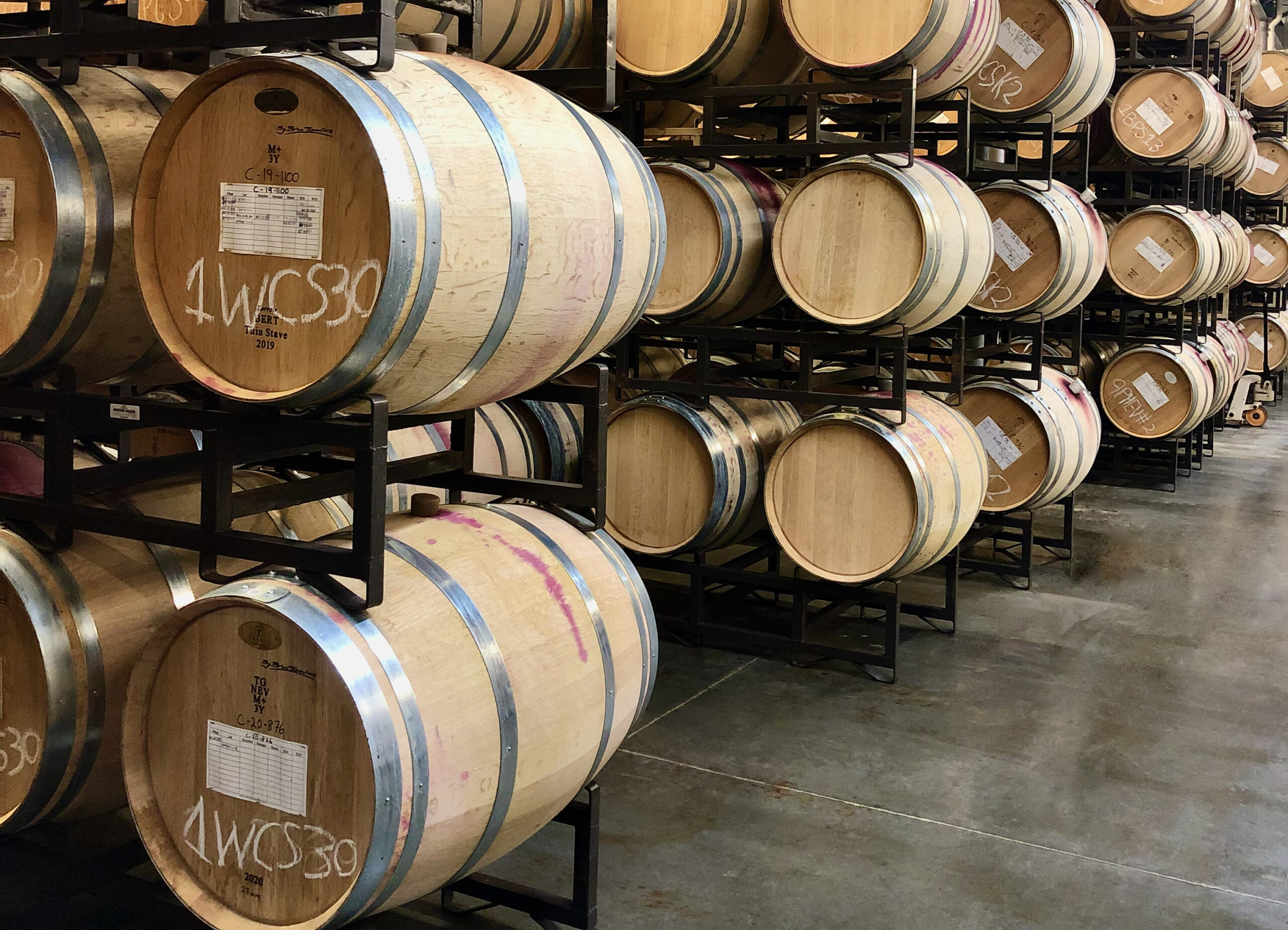
2020 Signature Chenin Blanc Napa Valley
The Chenin has strangely become one of our iconic wines. It wasn’t that long ago you’d say, “Would you like to try the Chenin Blanc?” and people would say no. But as time’s gone by, there’s no more in the Napa Valley other than a few acres, and people realize this is a wonderful wine. Now that it’s in short supply, people can’t get enough. It’s all grown on a 3-acre block just beyond the crush pad. There used to be 30 acres of it on Pritchard Hill, but the rest is Cabernet now.
2019 Grower Collection Chardonnay, Sangiacomo Vineyard, Carneros
If you go back to the Seventies, we, like everybody else, grew everything in the same place. There was no sense of a cool-climate grape or a warm-climate grape. They all grow and flourish here, but everybody started to realize that Chardonnay belongs in the southern Napa Valley, by the fog and the wind, in the cooler areas. We knew our Chardonnay was good, but it wasn’t great because Pritchard Hill is really Cabernet country, and anyway we needed more Cabernet. So we tore out the Chardonnay and got into a planting contract in southern Napa Valley. Then as we followed the cooler areas we went farther south and farther west and ended up in Sonoma County.

We’d worked with the Sangiacomo family on other projects, so it was natural for us to end up using grapes from them. It wasn’t until the 1990s until we even started migrating south. At the time, it hadn’t been that long – less than 20 years – that Carneros had become important for Chardonnay. We like the part of Carneros [southern Sonoma County] where the Sangiacomos are. We’ve made Russian River Chardonnay, but I keep gravitating back to the Carneros/Sonoma Coast area. It’s got that clockwork fog and wind. Over the years with the Sangiacomos, we’ve moved around to different blocks and found out where we want to be: El Novillero Vineyard, Kiser Vineyard, and a few others. There’s a richness to the wines from here, a very forward character. The wines can be very lemony and pineapple-y, and there’s body to them. They exemplify the best of California for me.
Can’t Please Everyone
With our Chardonnays, we predominantly focus on the Robert Young clone. We have a little bit of the Hyde clone. And the Sangiacomos have their own clone called Catarina, something that’s been on their property for a long time. They selected from it and gave it their own name. I think they told me it came from a field station in Ukiah back in the Seventies.
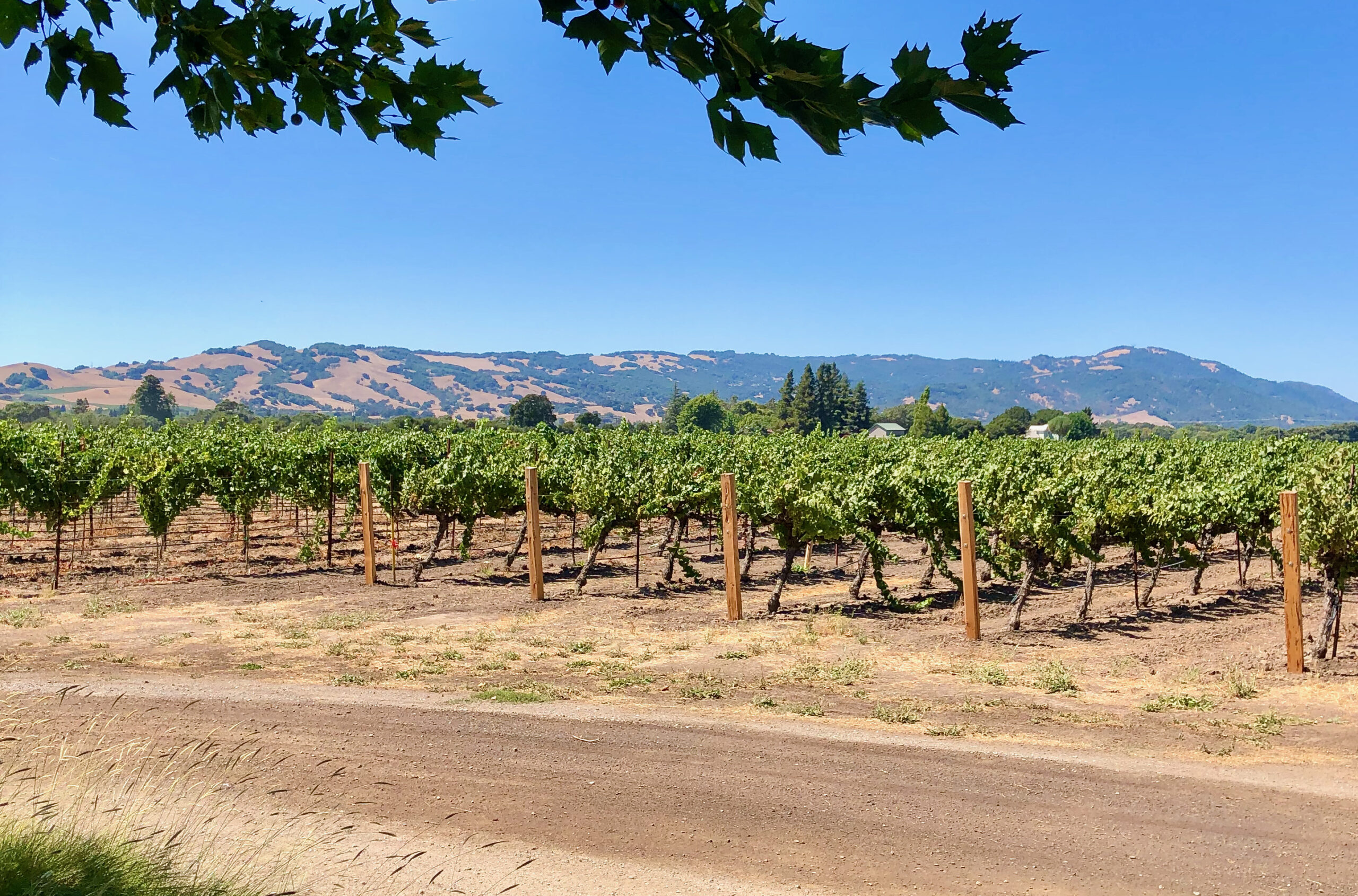
It’s funny about Chardonnay. You really can’t please everyone. One person says they don’t like oak. Then the next person says if you don’t have oak, it isn’t Chardonnay. Some don’t like butter; others say I want it. We found vineyards that can handle malolactic fermentation without showing it, without making the wine seem overly buttery. We ferment very cool, using French oak barrels. At the end of fermentation, it’s inoculated with malolactic, which warms it up. We usually do 100% malolactic. At the new facility, we can control the temperature better than before. We don’t age the wines [in bottle] all that long. They’re generally coming and going in about three years.
2019 Grower Collection Pinot Noir, Apple Lane Vineyard, Russian River Valley
I sometimes get asked, “What is Chappellet doing making Pinot after making Cabernet for over 50 years?” The thing is, once you get into the Sonoma Coast and the Russian River Valley and see the Pinot Noir vines, it’s like, “Yeah, I really do want to make Pinot Noir.”
We were novices at Pinot Noir, but one thing we all knew was that we loved Russian River Valley Pinot. That always stood out. And as little as we knew, the one name we did know was Dutton. As much as I like Chardonnay from Carneros, every Pinot we liked was from the Green Valley of Russian River Valley AVA (American Viticultural Area).
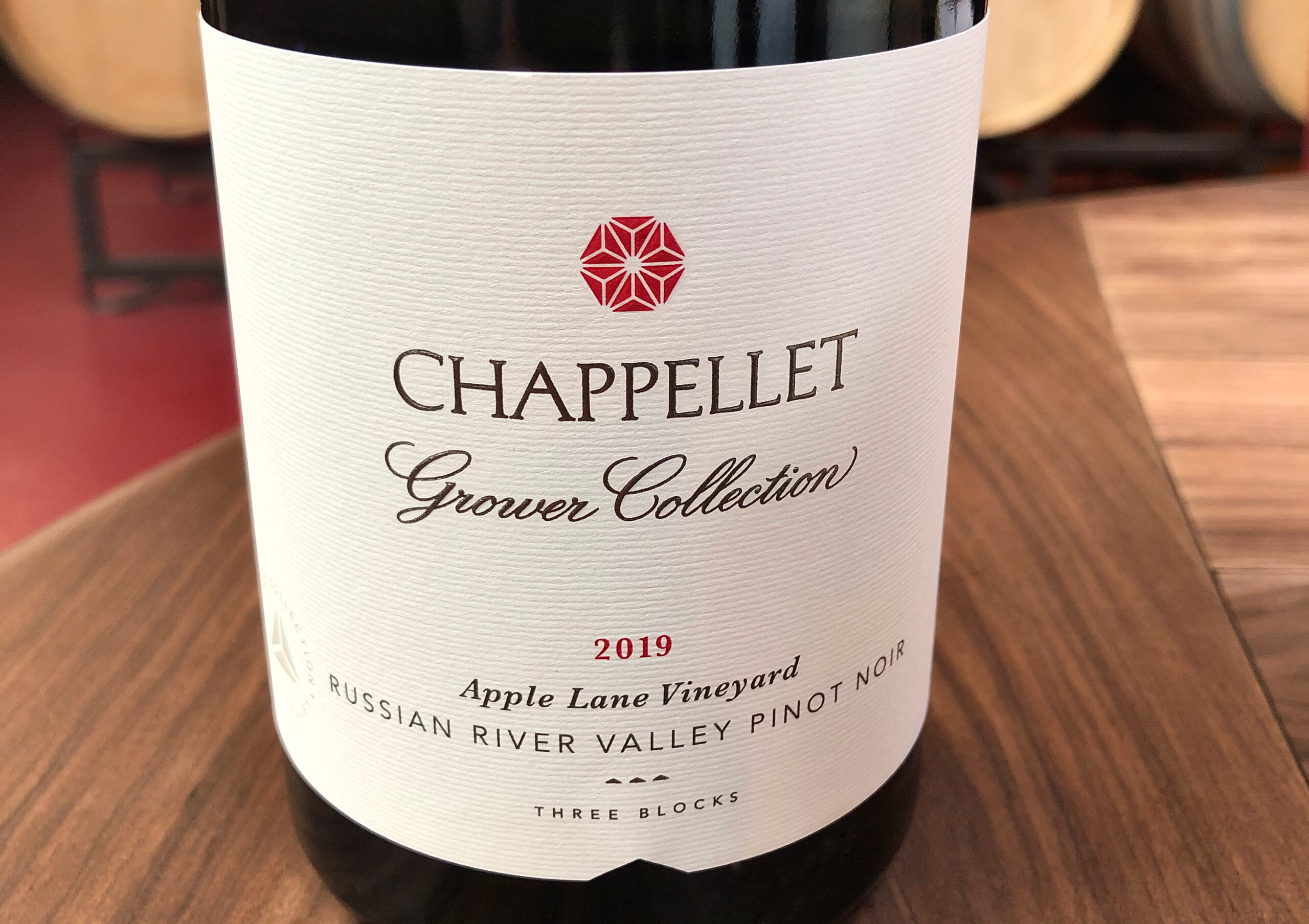
As it happens, Green Valley is where you find the highest concentration of high-end Pinots. When you go there, you realize why: Goldridge soils, proximity to the ocean, rolling hillsides – nothing flat there. One vineyard can be half a mile away from the other and have widely different characteristics. You’d think it would be a harsher growing climate closer to the ocean, but in many ways this moderates it. It doesn’t get that hot, and it doesn’t get that cold. And it doesn’t get that wind of the Carneros or Petaluma Gap. That said, we do make a Pinot from the Sangiacomo family’s Fedrick Ranch vineyard in the Petaluma Gap.
Voluptuous Wines
I think the moderate climate in Green Valley shows up in the voluptuousness of the wines. There’s this beautiful ripeness in most years, but then some restraint as well. It’s very enticing, and just as we found our home for the Chardonnay in Carneros, for the Pinots we kept going back to the Green Valley Area. It can be a little unpredictable, though. Some Pinot vineyards range wildly, with the wines softer one year and more tannic the next. You have to be careful because what works one year may not the following year. I didn’t totally understand the variability of Pinot because we started making it during lighter years. When we got to the big, concentrated years, we weren’t expecting how much size can come from Pinot.
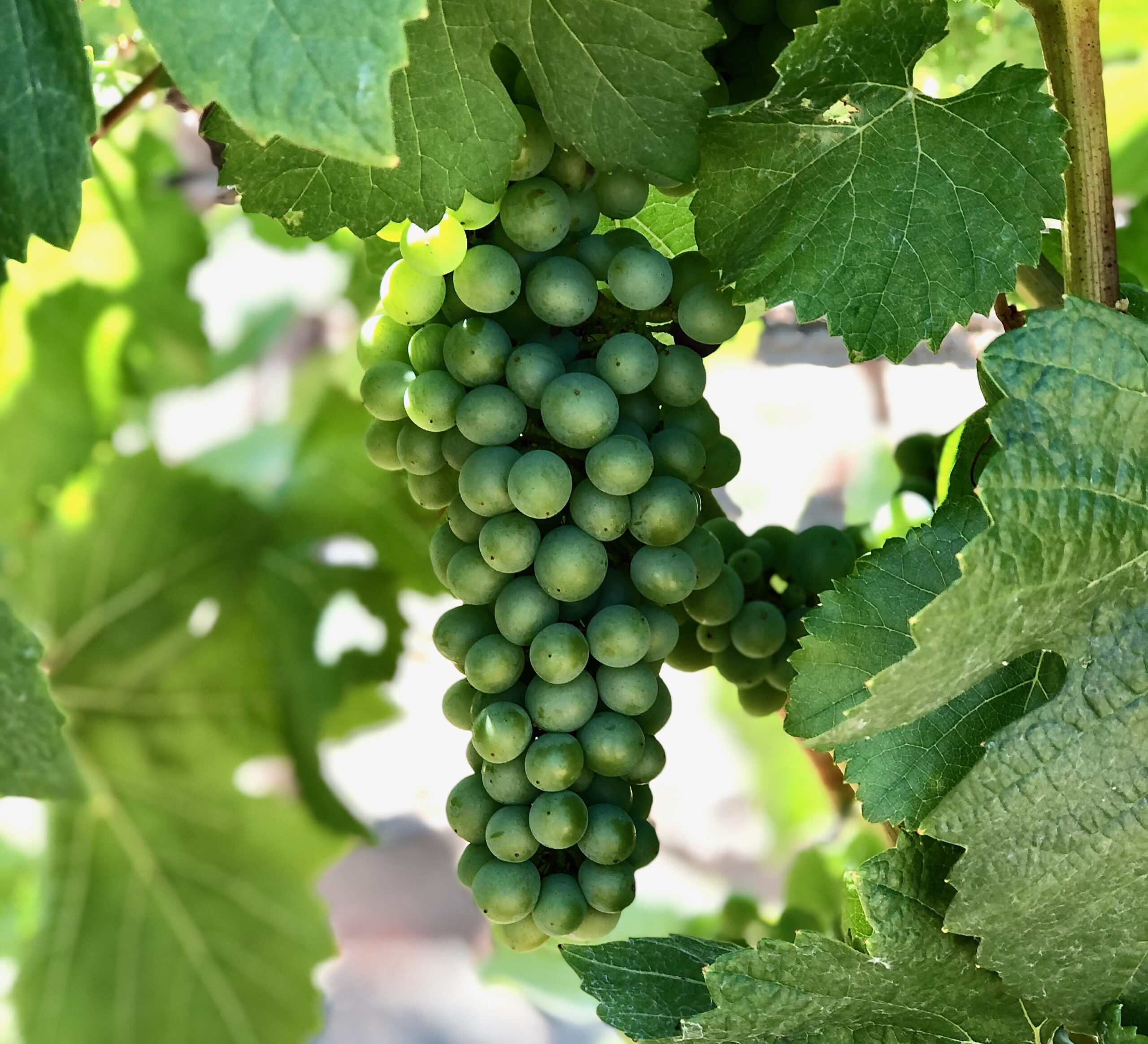
I’ve never figured out the exact words that express what Russian River Valley Pinot is, but one thing is that there’s harmony. The wine isn’t restrained, but it’s not over the top either. It’s very satisfying. The Apple Lane Vineyard is hillside, with fairly thin soil, but Goldridge. The clones are 667, 777, and 115. There’s a lot of diversity. Some years the 777 is excellent, and the 115 is lighter, or the 777 shows darker fruit and the 667 is more red, or the 115 is spicier.
Agenda-free Pinot
I don’t have a political agenda making Pinot Noir. People have a lot of opinions about certain things, like what alcohol your Pinot should be, or how heavy it should be. I try to stay clear of these ideas. Why go to Green Valley and buy really good hillside grapes to make an under-extracted wine because your agenda is always to make delicate wines? I’d feel like I was leaving money on the table. I want to make what the vineyard can deliver. To extract what’s there.
Coming from Pritchard Hill, maybe we didn’t completely understand all the differences [between Cabernet and Pinot] at the beginning. With Cabernet, you have to under extract a little bit, or you have those monsters where you think the wine needs 20 years to age – and then it needs another ten. There’s a sweet spot with Pinot where you get full extraction yet still maintain the delicacy and balance. I want to express the grape’s potential, which changes from year to year. It’s a balancing act. I think we’re there now, getting that extraction without over extracting on the negative side of tannin. Or [adding] too much of the stems, which we’ve played with until I think we’ve gotten it right. It minimizes the risk when you have this quality of fruit, though. You just need to nurture it.
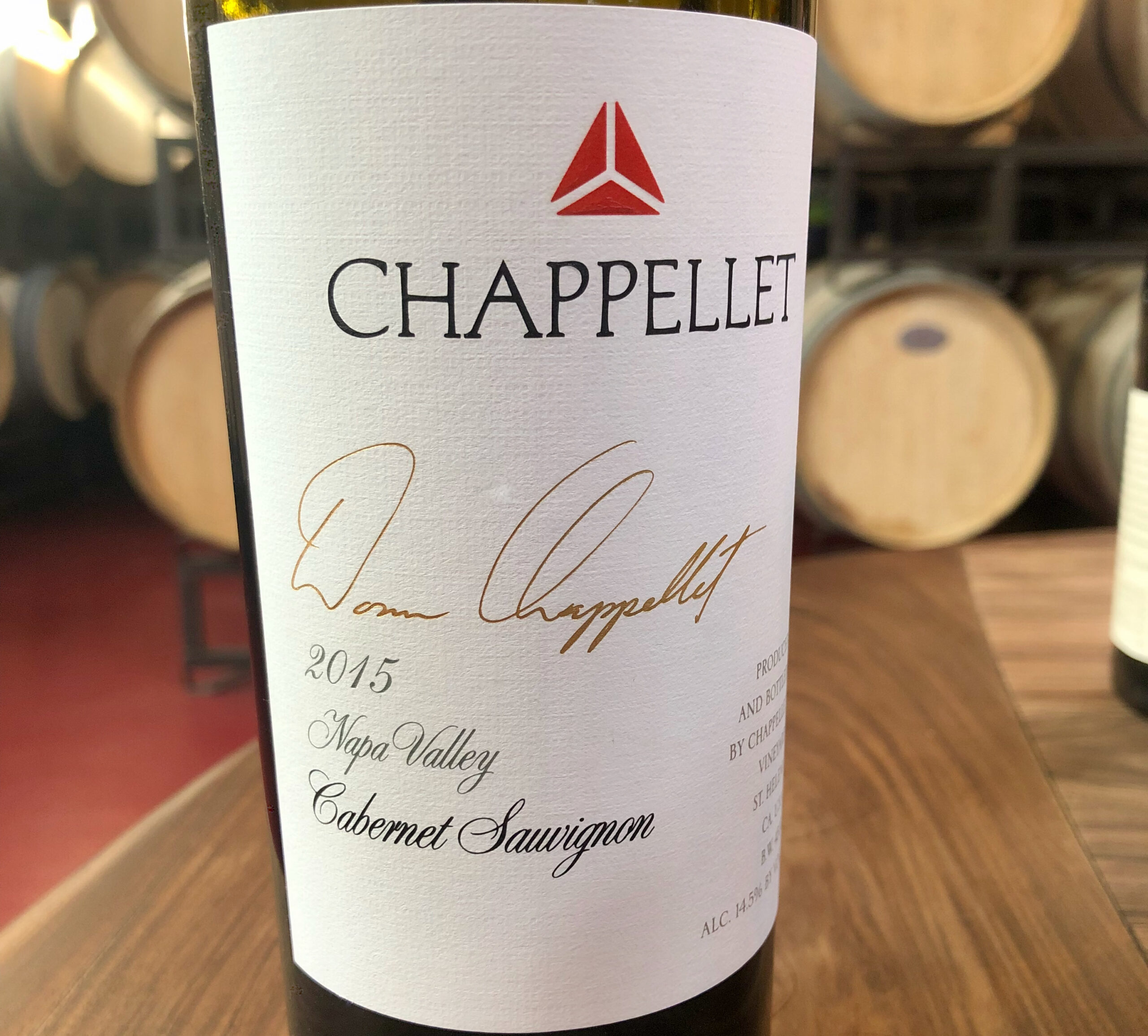
2015 Signature Cabernet Sauvignon Napa Valley
I still have PTSD from the 2015 vintage. [Laughs.] But this wine is very nice. It’s showing that first hint of bottle decay. Cedar cigar-box character along with the fruit not being so youthful, not so sweet, and breaking down a little bit. It’s just gorgeous.
The 2015 vintage has never been considered a bad or great one. It had a wonderful small crop that went through the market quickly. Nobody had much of it because 2015 was the last year of a four-year drought. Right now, this wine’s at that stage when many wines don’t get tasted – people might just wait until it was ten years old. That would be a shame because you wouldn’t know how good it is at this point.
Getting the tannins right is the hardest thing to accomplish. With a vineyard like ours, where there’s such an abundance of tannins, how do you get the right amount of structure so you can show it’s a hillside wine but not “hillside wine” as euphemistic for not ready to drink?
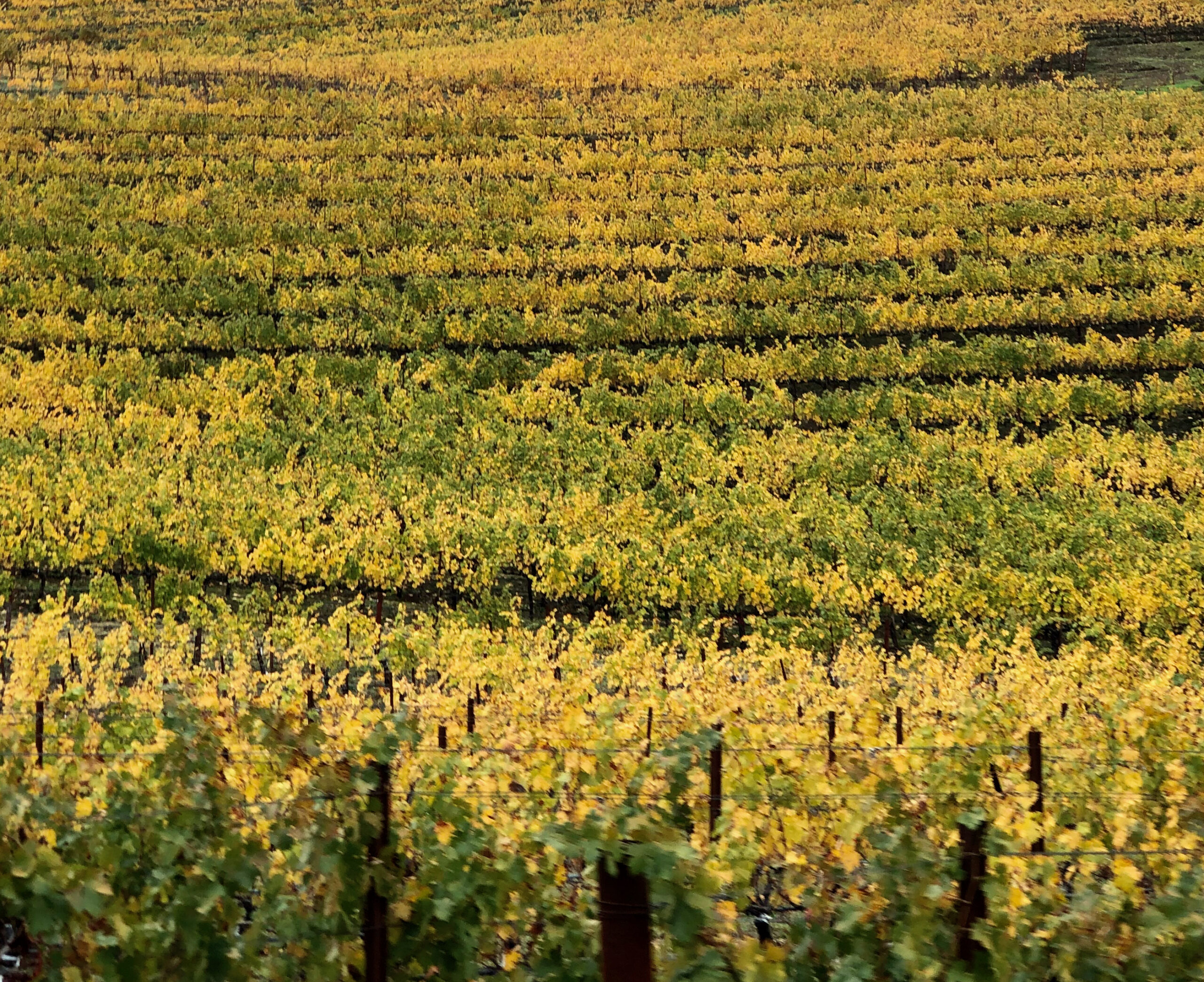
Finessing the Grapes
It’s about finessing the grapes, getting the extraction so it’s not boomeranging too much from year to year. It’s also knowing what your goal is. I think places that are changing winemakers all the time have trouble with consistency because you’re always in the middle of that learning curve.
Styles change, too. These days we’re past going for super-ripe grapes, but the best parts of that concept are still with us. Getting the grapes physiologically mature and knowing what that is, as opposed to what a raisin is.
This 2015 will continue to show well. The consistency despite the year is there because that’s a goal. In the early days, the winemakers didn’t have as much knowledge of the property. They also had less control. There was no irrigation, and there weren’t other tools to make adjustments that we have today.
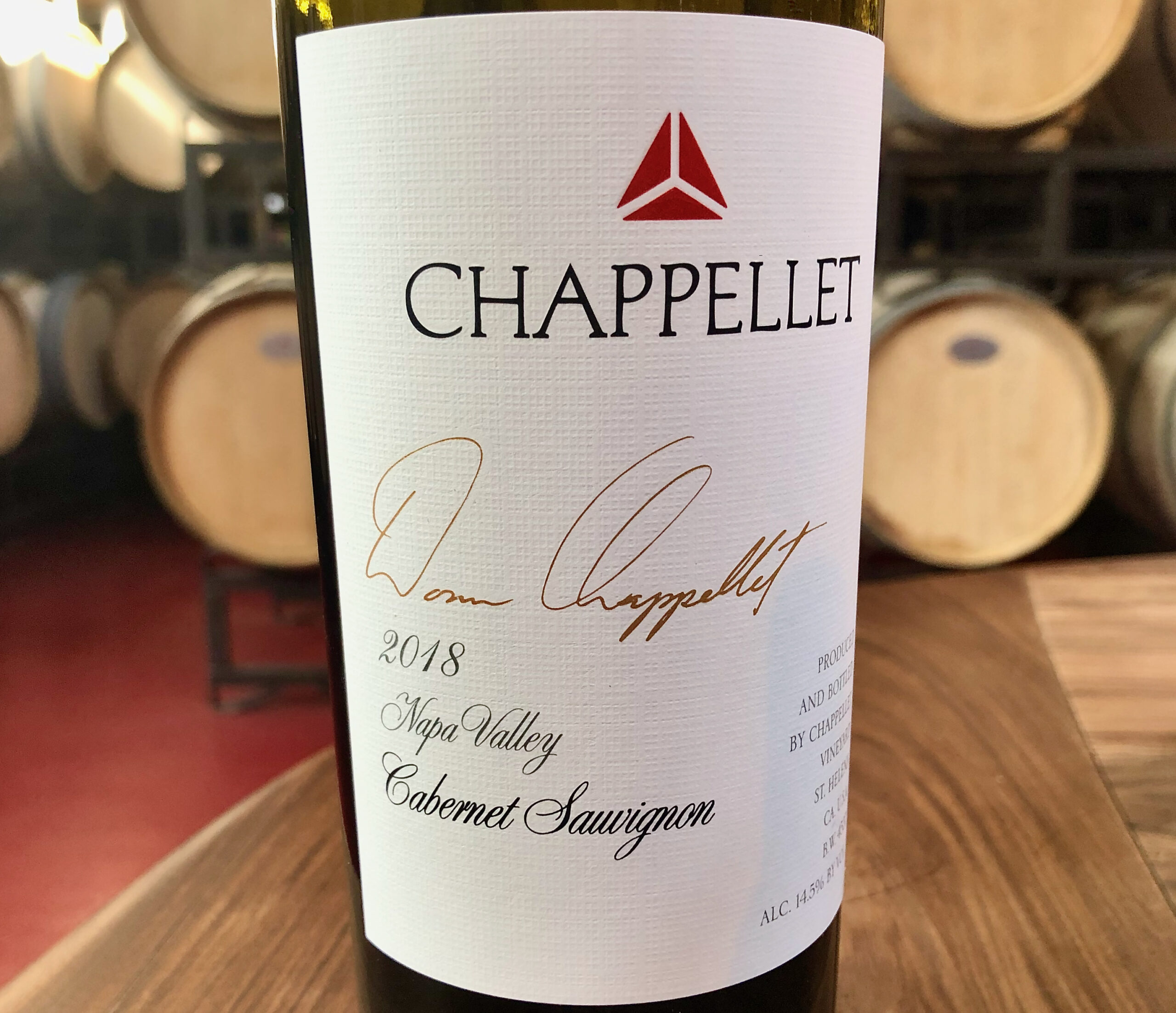
2018 Signature Cabernet Sauvignon Napa Valley
Every decade or so, everything comes together in terms of quality and quantity, and 2018 was one of those vintages. With the adversity of 2017 and 2020 with the wildfires, we look back quite fondly on 2018. The clarity of the fruit. The brightness to the wines. They’re balanced, not overly tannic. When all those things come along simultaneously, they make us look good. And it’s good for business. We’ve got a lot of wine, very good wine, from that year.
Going forward, we’re in a pretty good place. New tanks came online in 2020, the new winery’s been operational for several years, and we’re not replanting anything for the first time I can remember. Everything is modern and all in production at one time. The oldest vines, at about three decades, are the Cab Franc.
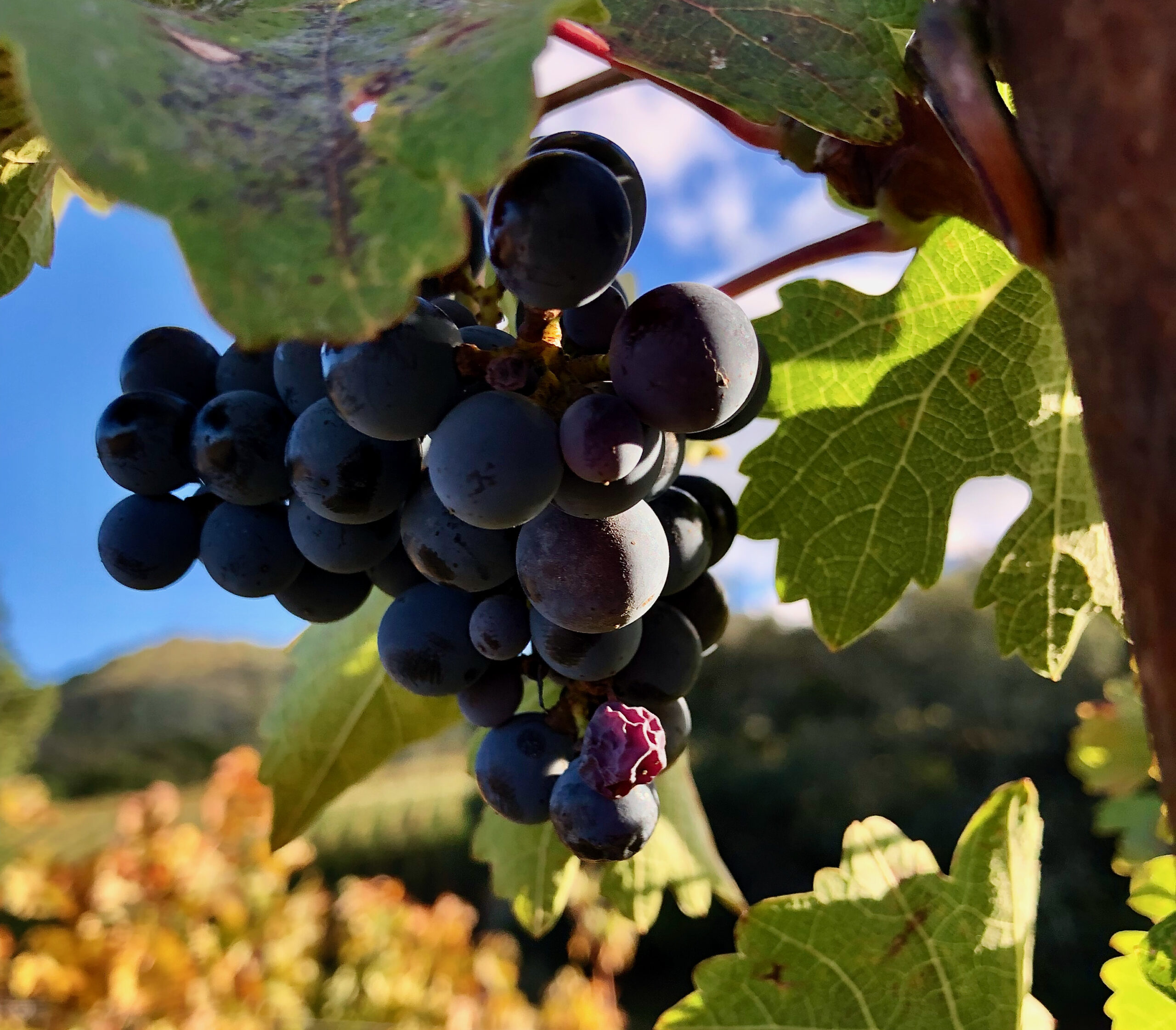
2018 Cabernet Franc Napa Valley
Cabernet Franc is something we’ve been quietly doing since 1996. I always think of ours as a Bordeaux blend but reversing the Cabernets. Usually a Bordeaux blend is 75% or 80% Cabernet Sauvignon blended with other things, but ours is the opposite, often 75% or 80% Cabernet Franc, with Cabernet Sauvignon, Malbec, and Petit Verdot. We have a strong following for this wine, which ages as well as our Cabernet Sauvignon does.
2018 Pritchard Hill Cabernet Sauvignon
Drinking this three years along, I’m struck by how big it is and how smooth at the same time. When you smell it, you think it’s going to bite back, and then it fans out on the palate. That speaks to how detailed the selection of grapes that go into this wine is. The vineyard is 104 acres, most of it Cabernet, so we have a lot to choose from. This wine always gets the top, top lots. Not certain blocks, because as we replant the vineyard, we have new favorite blocks. You can’t get sentimental about a particular block. You go with what performs best in a blind tasting, what has the best chemistry, flavor, and structure. Those lots are blended together to create this seamless expression of the property, or at least my vision of what’s the best.
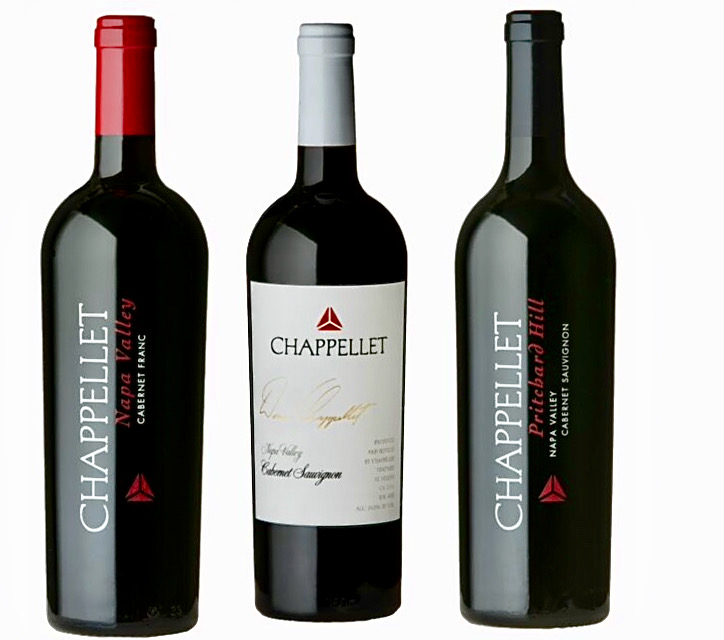
How do we achieve this? Getting the grapes truly ripe, the riper tannins from the seeds. Controlling the crop and the light exposure. It’s not about more light. It’s the right amount of light, which is partly determined by row direction. The way vines used to be planted, most of the sunlight was on one side of the vine. We changed the row direction to southwest-to-northeast, so we’re getting more even light throughout the day. Also, we’re not leafing [removing leaves] as much, so we can get the fruit exposed to speckled light that changes through the day. That seems to be the best way to develop fruit character and ripeness but still protect the grapes from harsh light or heat. You don’t see raisining when you do it that way. Before, nobody talked about these things, but all these things show in the wine. Also going organic, which is very complex as our vineyard managers will tell you, just the compliance alone, but worth it.
On Staying at Chappellet
These vineyards, the surrounding property, the family, the winery – everything you see and taste – it’s one of a kind, beauty and quality all in one package that can’t be re-created. People have asked me why I’ve stayed at Chappellet for 3½ decades, and my answer is always the same: “Where would I go? What would I do? If I weren’t at Chappellet, I’d want to be here.”
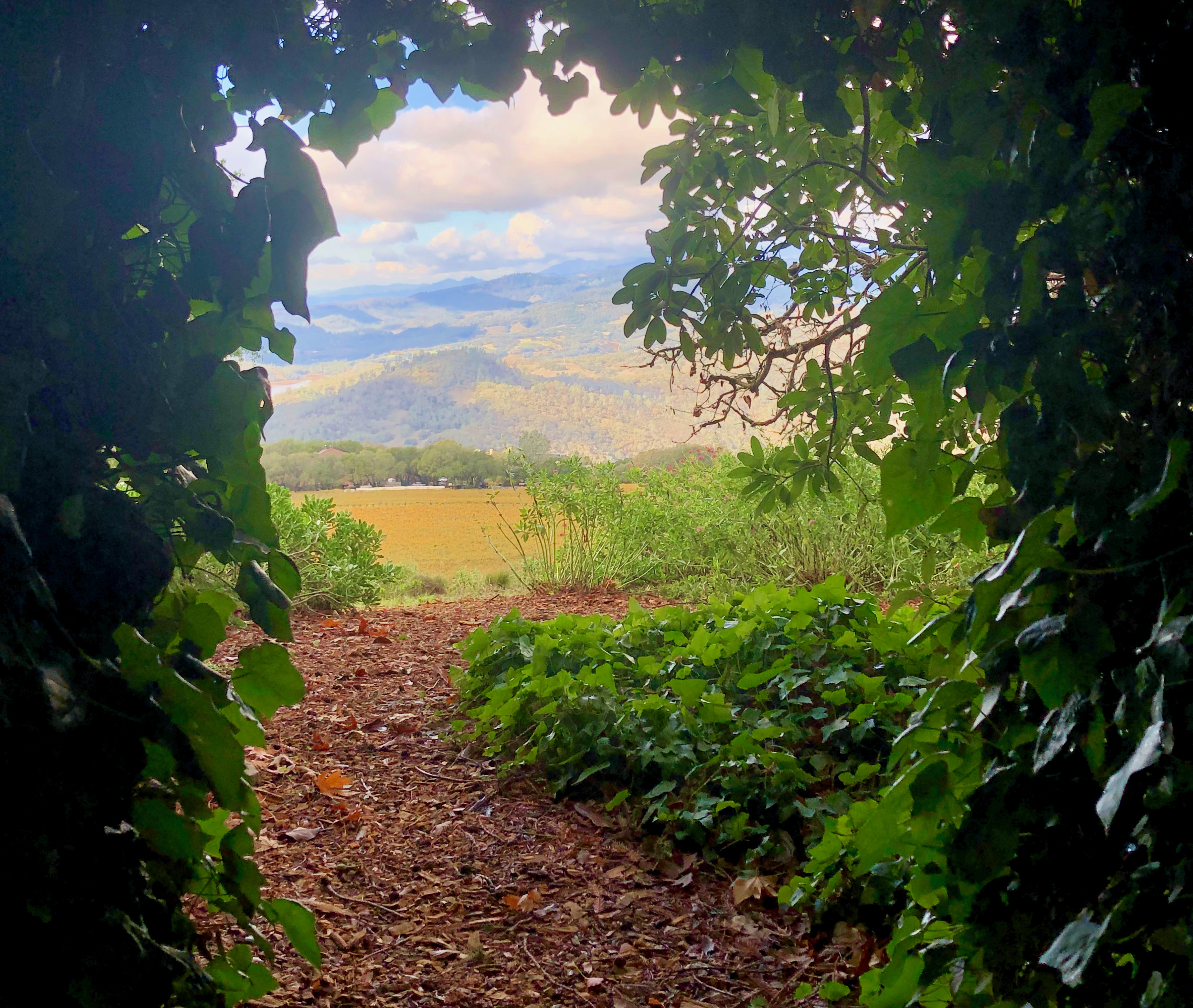
More About Chappellet
Chappellet Signature Cabernet Sauvignon and Chenin Blanc
Chappellet Winery
More About Napa Valley
Napa Valley Basics
10 Foolproof Napa Valley Cabernet Tasting Experiences
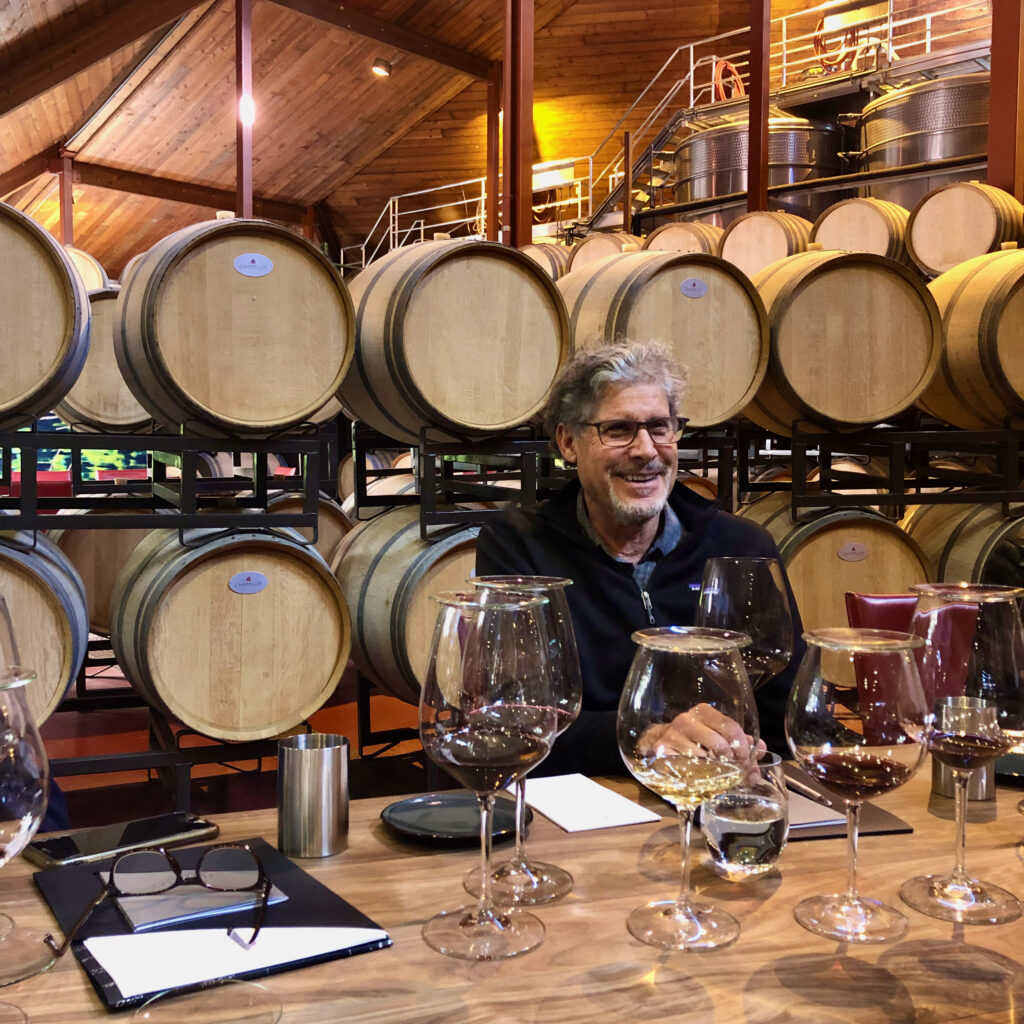
Pingback: STORY INDEX BY REGION – Daniel Mangin